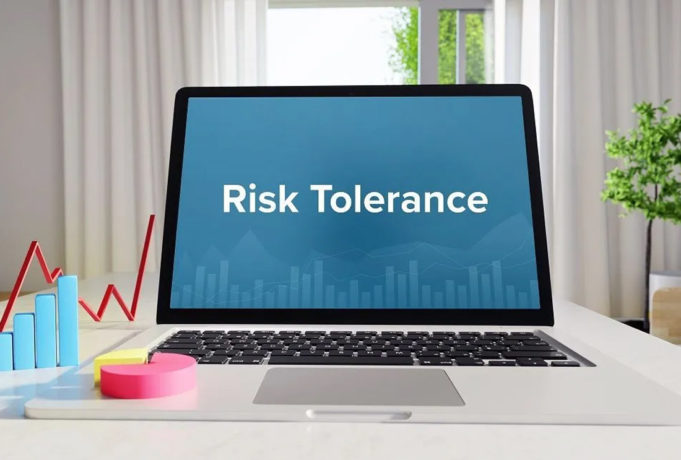Investing isn’t just about picking stocks or throwing money into the market and hoping for the best. It’s about understanding how much risk you can handle and choosing an investment strategy that fits your goals and comfort level. Some people thrive on the adrenaline of market swings, while others lose sleep over a 5% drop in their portfolio. Knowing where you stand is the key to making smart, sustainable decisions.
So, how do you figure out your risk tolerance? And once you do, what’s the best way to invest? Let’s break it down.
What Exactly Is Risk Tolerance?
Risk tolerance is just a fancy way of saying how much uncertainty you’re comfortable with in your investments. If the thought of a market downturn makes you want to pull all your money out, you likely have a low-risk tolerance. If you see dips as a chance to buy more and keep playing the long game, your risk tolerance is higher.
A few things influence this:
Your time horizon: If you won’t need your money for decades, you can afford to take more risks. But if you’re planning to retire soon, protecting what you have becomes a bigger priority.
Your financial situation: If you have an emergency fund and stable income, taking risks might not feel as scary. On the other hand, if you’re living paycheck to paycheck, even a small loss can feel like a big deal.
Your personal temperament: Some people just don’t like uncertainty. If market swings make you anxious, it’s okay to choose a more stable approach.
Understanding your risk tolerance helps you avoid panic-driven decisions. If you invest in something that’s too risky for your comfort level, you’re more likely to bail at the worst possible time—right when the market is down.
Matching Your Risk Tolerance to an Investment Strategy
Once you know how much risk you can handle, the next step is choosing an investment approach that makes sense for you.
If you prefer stability and don’t want to deal with major swings, a conservative strategy is best. This usually means investing in things like bonds, dividend-paying stocks, and index funds that don’t fluctuate as much. The goal here isn’t massive growth—it’s steady, reliable returns with minimal stress.
For those who want a balance between safety and growth, a moderate strategy works well. This means having a mix of stocks and bonds, so you get some growth potential while still having a cushion against downturns. It’s a good middle ground for investors who want solid returns but don’t want to take on too much risk.
Then there are the aggressive investors—the ones who are willing to take bigger risks for the chance at higher rewards. This strategy focuses heavily on stocks, emerging markets, and even alternative investments like crypto or startups. The upside? You can see significant long-term gains. The downside? You have to be able to stomach some serious market swings along the way.
The good news is, you’re not locked into one strategy forever. You can adjust based on your financial situation, market conditions, or just how you’re feeling about risk at any given time.
Let Robo Investing Do the Work for You
If figuring all this out feels overwhelming, don’t worry—technology has your back. Robo investing is an easy way to match your risk tolerance with the right strategy without having to analyze every stock or market trend yourself.
Here’s how it works: you answer a few questions about your goals and risk comfort level, and the robo-advisor builds a portfolio for you. It automatically balances your investments, making sure you’re not taking on too much risk while still aiming for growth. Best of all, it removes the emotional aspect of investing. You won’t be tempted to panic-sell during a downturn because the algorithm sticks to the long-term plan.
Robo investing is great for anyone who wants to be in the market but doesn’t want to spend hours researching or second-guessing their choices. It’s a hands-off, stress-free way to invest while still making smart, data-driven decisions.
Final Thoughts: Finding What Works for You
Investing isn’t about chasing the hottest stock or following the latest trend—it’s about finding a strategy that fits your financial goals and personal comfort level. Understanding your risk tolerance helps you make better decisions and avoid emotional investing mistakes.
Whether you prefer a conservative, balanced, or aggressive approach, the key is to stay consistent and stick with your plan. And if you want a little extra help, robo investing can take the guesswork out of it.
At the end of the day, the best investment strategy is the one that works for you—so take your time, assess your risk comfort, and invest in a way that keeps both your money and your peace of mind intact.












